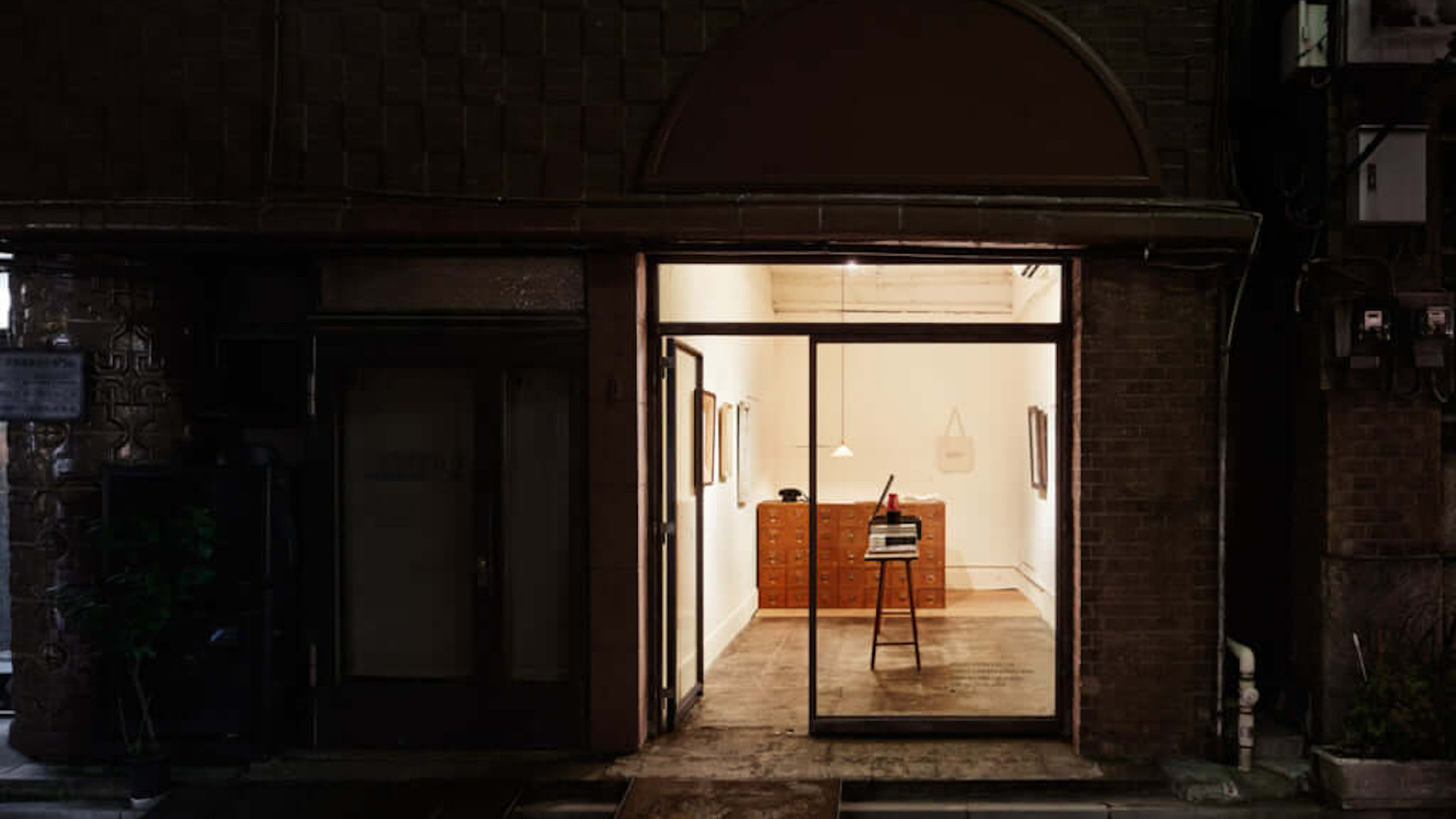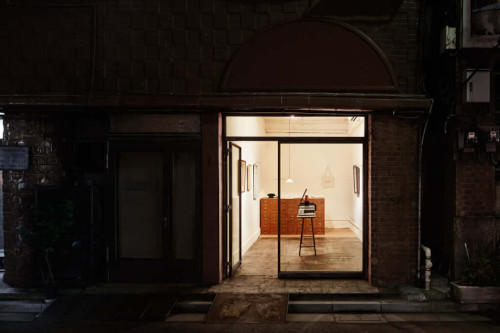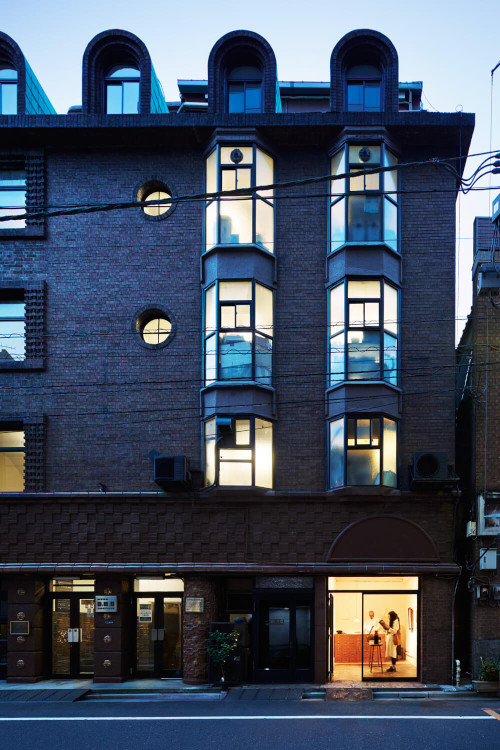
As the elegant glass door yields to your push, you find yourself in a brilliantly lit, aesthetically sparse room.

As the elegant glass door yields to your push, you find yourself in a brilliantly lit, aesthetically sparse room. Enveloped yolk-like in an atmosphere of serenity you glance around, admiring the delicate touches administered by a skilled hand and thoughtful mind; tasteful light fixtures, reclaimed shelving, an Eames-inspired chair, and it. ‘It’ being the object in the centre of the room to which your attention is irrevocably drawn – the spareness of the room acting as negative space, framing ‘it’ and making your decision to look at it, less of a decision, but an inevitability.
So you buy it. ‘It’ being a book.
And you feel good for having bought it.
Why? Because of a certain word; curation.
Before we go on, I must tell you something. What you’ve just read isn’t (just) the feverish working of this writer’s mind. No, it’s the description of a real-life curated retail experience.

(Image via Morioka Shoten).
Tucked unobtrusively down one of Ginza’s many winding back alleys, Morioka Shoten is a bookstore which stocks only one book (but sells multiple copies) per week. The store’s owner, Yoshiyuki Morioka, carefully selects the title which will be presented to the buying public each week.
And, his choice is trusted. Conscious consumers trust curators such as Morioka because they have spent time and effort developing their expertise. What had previously been something confined to the art world has bled into the realm of consumption more generally. Morioka previously ran a conventional bookstore in Kayabacho for over a decade and is steeped in literary knowledge. His previous store would typically stock over 200 titles. Yet Morioka found, time after time, that shoppers were either visiting the store for one particular book, or were visiting with the aim of finding something new to read and being hopelessly overwhelmed by the amount of choice on offer (either leaving empty handed or with a book which they were not especially happy with).
In this scenario we can see parallels with other things that we consume. There’s so much content on Instagram! Who should I follow? There are so many different dining experiences I could try. But which one is right for me?
There are people (aspirational consumers) who want to consume the very best of whatever medium or content they are focused on at that moment. But discovering the best of said content is a challenge.
How do you achieve aspirational consumption in a world that offers so much, with so few filters? How do we sort the good from the bad when we are all so time-poor?
Morioka’s answer to the dilemmas and questions facing aspirational consumers, is curation.
What is curation? It’s a concept which revolves not merely around the buzzword of ‘personalisation’, but more on the concept of ‘wise selection’. That it’s not easily explained is precisely its appeal. As Saint Augustine said, “What then is time? If no one asks me, I know what it is. If I wish to explain it to him who asks, I do not know.”
Let’s turn our attention back to Morioka’s Ginza bookstore, to see what curation looks like in practice.

(Image via Morioka Shoten).
Morioka has transformed the book buying process into an immersive experience. He enhances the literary experience by bringing to life each book of the week. This is a performative aspect to Morioka’s book sales. Does the book on offer feature a scene in which the protagonists bond over a mutual love of lotus flowers? Then he’ll quietly slip a preserved lotus flower between the pages of the book as he sells it. On other occasions he’ll display art on the walls of his shop which plays a central role in the book that’s on sale.
These sort of touches aren’t for everyone. But that’s rather the point.
Curated consumption experiences are for those who don’t want to traipse around Waterstones or H&M for generic, commodified products. There is the underlying drive behind the rise of curated consumption. The avoidance of commodification. We’re in a stage of economic development (some would call this ‘late-stage capitalism’) in which everything is being commodified in pursuit of profit. For many product companies and retailers, the only way to secure a long-term future is to reject the race to the bottom which is implicit within commodification and embrace curated, unique experiences.
Despite their best efforts, mass-market retailers have not been able to provide truly curated purchasing experiences. And therein lies the appeal of shops such as Morioka Shoten.
Nor is curation confined to the literary market. It’s appearing in many realms. Direct to consumer brands and subscription retailers such as Thread now promise to send you a curated monthly box of handpicked clothes and accessories, tailored to your personality, look and dress sense.
If interior design is your thing then the bibulously named Thatcher Wine is happy to come round and curate your bookshelf (for a price of course).

(Image via Morioka Shoten).
These are only a smattering of examples of curated experiences that are flowering across the retail landscape. But expect to see more. As we’ve described above, for many brands it’ll become an economic necessity. Whilst for other luxury or aspirational brands, it’ll make good strategic sense to embrace the art of curation. We think one of Dior’s senior marketing directors sums up the situation rather well:
“Modern life necessitates curation in the first place. The way we identify authority has changed. If a retailer isn’t a curator, are they really selling anything at all?’
The curators are coming…